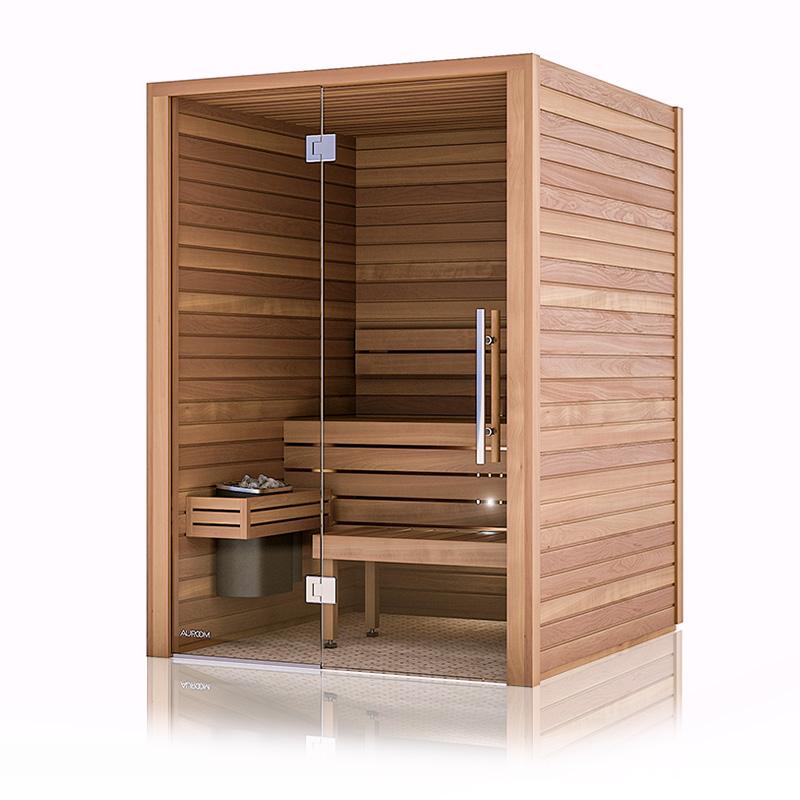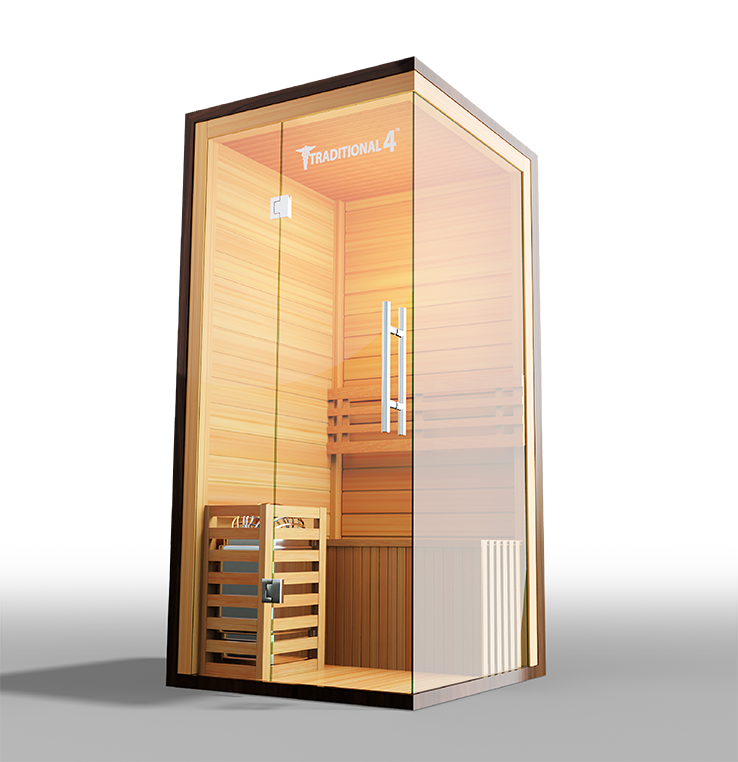Get This Report on Traditional Sauna
Get This Report on Traditional Sauna
Blog Article
The 5-Minute Rule for Traditional Sauna
Table of ContentsWhat Does Traditional Sauna Do?The 10-Second Trick For Traditional SaunaTraditional Sauna Can Be Fun For AnyoneThe Ultimate Guide To Traditional SaunaThe Only Guide for Traditional Sauna
Power savings is one point to consider for individuals that intend on using their sauna often. For a standard sauna, bathers usually require to await 30-40 minutes for the room to preheat before getting in. Infrared saunas, on the other hand, generally reach their excellent temperature in about 15 minutes.That implies that in an infrared sauna, bathers can start enjoying their sauna instantly. One distinction between the 2 types of sauna that is typically ignored is the social experience.
Think about how several people will be utilizing the sauna before making your choice. Adding a sauna to your home can be one of one of the most exciting and fulfilling choices you'll ever make. Routine sauna usage will certainly improve your blood circulation, keep healthier skin, support kidney function, lower blood pressure, boost brain function, and far more
Try a sauna today and discover a few of the amazing advantages on your own!.
Some Known Incorrect Statements About Traditional Sauna
Infrared and conventional dry saunas are both popular alternatives for those looking for leisure and therapeutic benefits. However, there are some crucial distinctions between both kinds of saunas that ought to be considered before choosing. Traditional Sauna. Standard dry saunas utilize warmed rocks to produce vapor, while infrared saunas make use of infrared heating systems to directly heat up the body
Elements such as warm tolerance, preferred level of detoxing, and total health must be taken right into account when determining which type of sauna to make use of. Infrared saunas are a type of sauna that utilize infrared light to heat the body directly, instead of warming the air around the body like conventional saunas.
The temperature in an infrared sauna is usually less than in a conventional sauna, with temperatures varying from 120F to 150F. Infrared saunas supply an array of advantages that make them an attractive option for those aiming to enhance their health and well-being. Several of the benefits of infrared saunas include: Infrared saunas make use of reduced temperatures than traditional saunas, which can make them a lot more comfortable for those who locate high temperatures difficult to tolerate.

Infrared saunas have been shown to assist the body remove contaminants via sweating. Sweating can likewise assist to improve skin health and wellness by eliminating pollutants and dead skin cells.
The smart Trick of Traditional Sauna That Nobody is Talking About

With their lower temperature levels, deep infiltration, and series of health advantages, infrared saunas are an excellent way to loosen up, take a break, and improve your total health and wellness. Conventional completely dry saunas have been around for centuries and are still preferred today. They are generally heated up with wood, gas, or electricity and have reduced imp source humidity degrees.
There are numerous benefits to making use of a typical dry sauna. Below are a couple of: Relaxation: The high temperature and reduced moisture in conventional dry saunas can aid unwind the muscular tissues and decrease stress degrees. Detoxing: Sweating in a sauna can aid get rid of contaminants from the body, which can improve total health.
How Traditional Sauna can Save You Time, Stress, and Money.
When it involves saunas, there are 2 primary sorts of heating techniques: conventional and infrared. Standard saunas use warmed air to warm the body, while infrared saunas use infrared radiation to permeate the skin and warm the body from within. One of the main distinctions between the 2 approaches is the kind of warm they generate.
Conventional saunas warm the air, which then warms the body with convection. Infrared saunas, on useful site the various other hand, heat the body directly via radiation.
In terms of energy effectiveness, infrared saunas are normally a lot more reliable than standard saunas because they need less power to operate. They also warm up quicker, so they can be used for much shorter sessions. When it pertains to the effects on the body, both kinds of saunas have been shown to have advantages.

See This Report on Traditional Sauna
Both kinds of saunas offer special benefits and downsides that need to be thought about prior to deciding. The option in between an infrared sauna and a standard dry sauna largely relies on personal choice and the preferred benefits. Those who choose an even more comfortable, lower temperature level setting may prefer an infrared sauna, while those who are trying to find extreme heat and a conventional sauna experience may choose a standard completely dry sauna.

Report this page